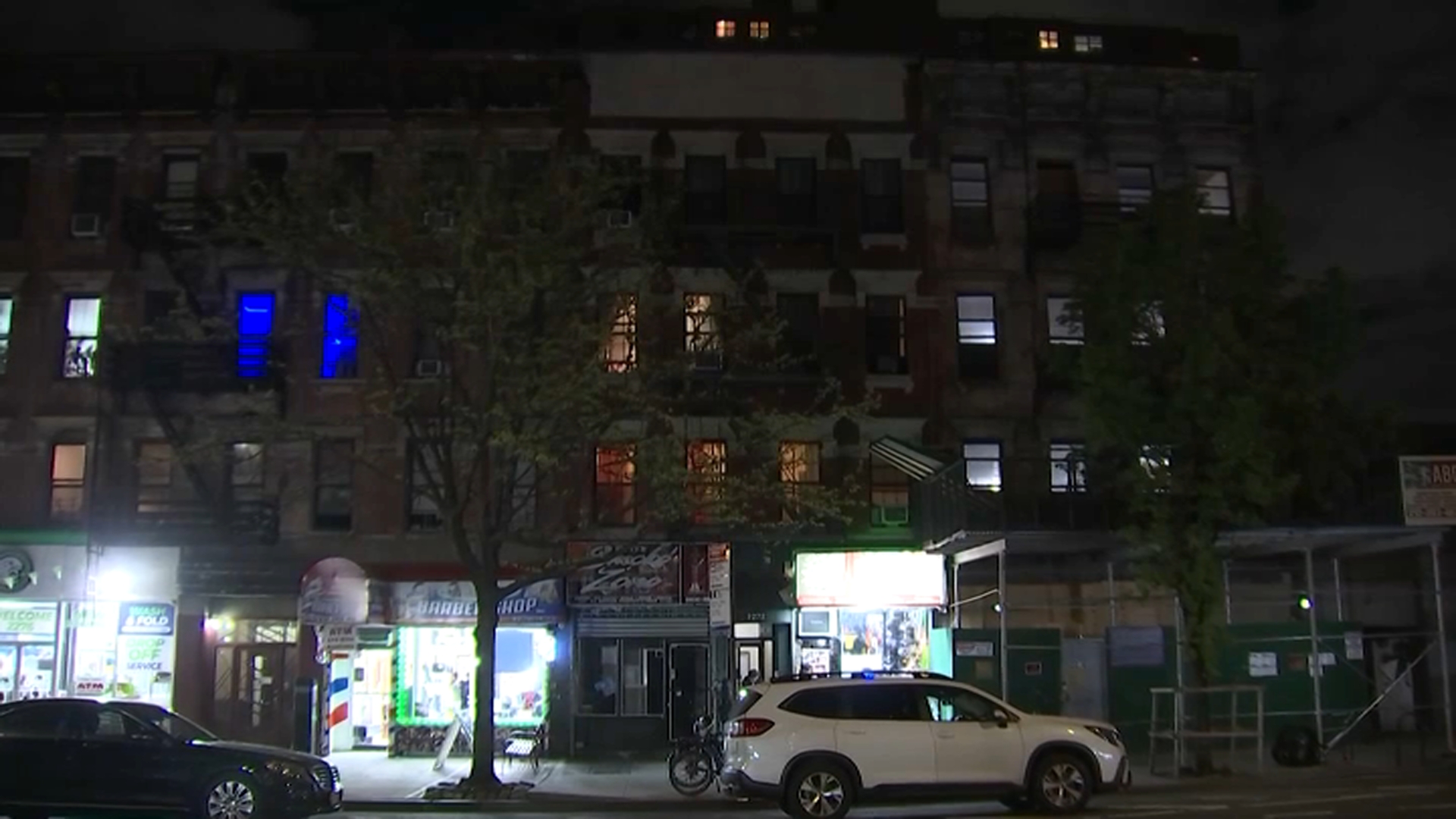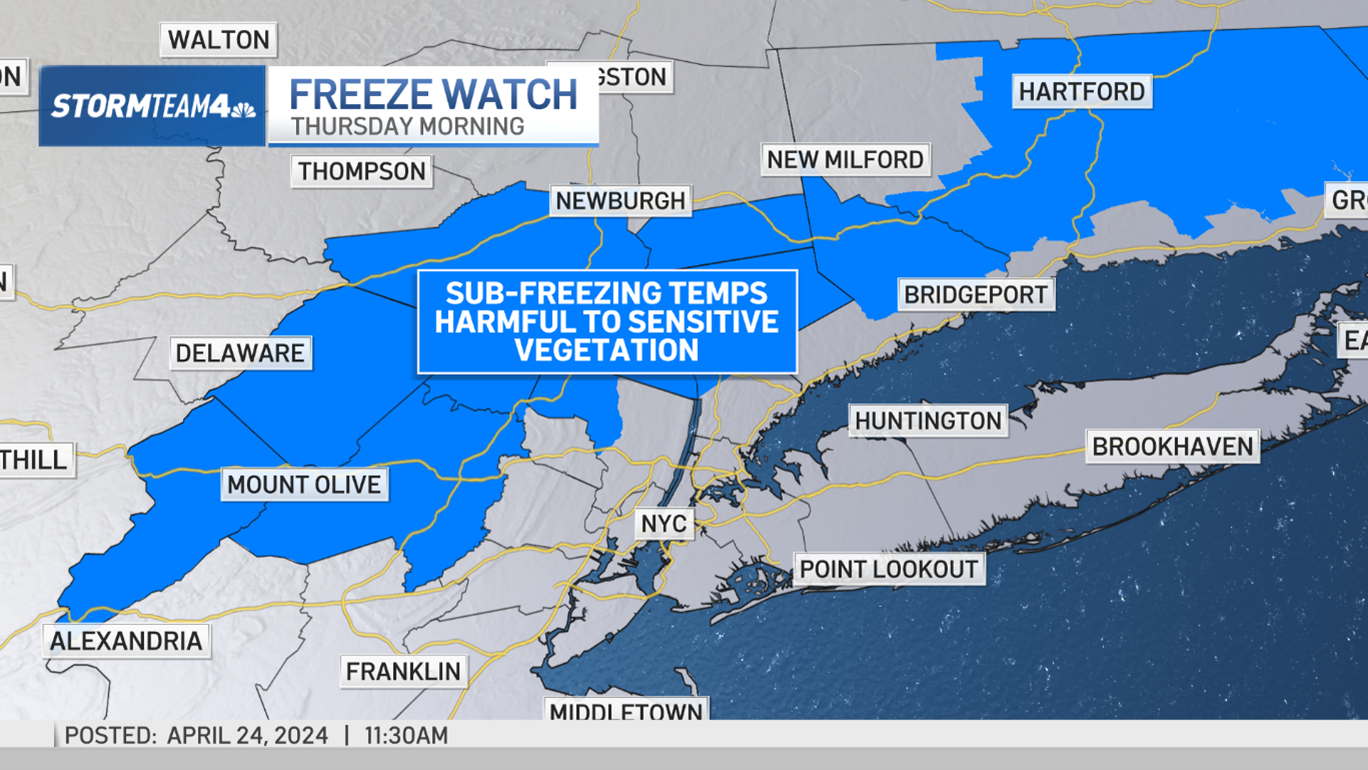The Prospect Park loop in Brooklyn could undergo a drastic change in design, with more space being allotted to pedestrians and bicyclists, and cars being restricted to a single lane.
Specifically, the expansion would give one lane each to pedestrians and to bicycles.
The proposed changes are the subject of a public meeting Tuesday by the Prospect Park Alliance's Road Sharing Taskforce, created to "examine how the full range of Park users (runners, walkers, competitive cyclists, recreational bikers, etc.) use the Park Drives," according to the meeting announcement.
The proposals, first reported by the New York Times, attempt to address the growing conflicts between pedestrians and bicyclists in the park, which receives 10 million people each year.
The bike lane on the west side of the park has been the subject of bitter dispute since its installation almost two years ago. Opponents have said that the two-way bike lane along a one-way street has made crossing the street dangerous for pedestrians who look one way for cars and then don't realize they need to look both ways for bikes.
They have also said removing one lane of car traffic has caused a lot of congestion.
As a result, "we decided that the only workable solution was for each group to have a lane and only one lane, throughout the day," Emily Lloyd, the Prospect Park administrator and head of the Road Sharing Taskforce, told the Times.
Local
Lloyd said the goal of the task force had been to increase safety by making the drive, which is 3.3 miles long, more predictable and easier for pedestrians to cross.
Under the proposal, the center lane, which is currently used by drivers during morning and evening rush hours, would be dedicated to bicycles all day, according to the Times. The left lane, which is currently divided between pedestrians and bicyclists during rush hours, would be for pedestrians only.
The right lane would be the only lane for vehicles.
The lanes would become narrower for cars and bikes, with the right lane adding a three-foot shoulder, leaving 10 feet for driving, down from 12 feet, the Times said. The center lane would go from 11 feet to 10 feet and include separate painted bike lanes for slow and fast riders.
The pedestrian lane would remain 14 feet wide.
The Transportation Department has said that it expected the task force recommendations to be put into effect this spring, according to the Times.



